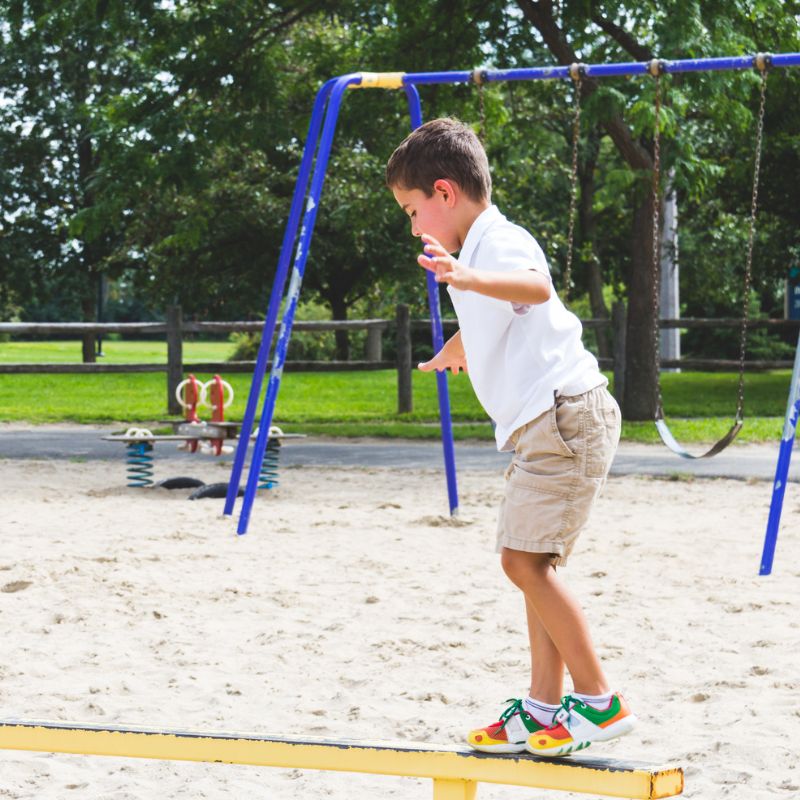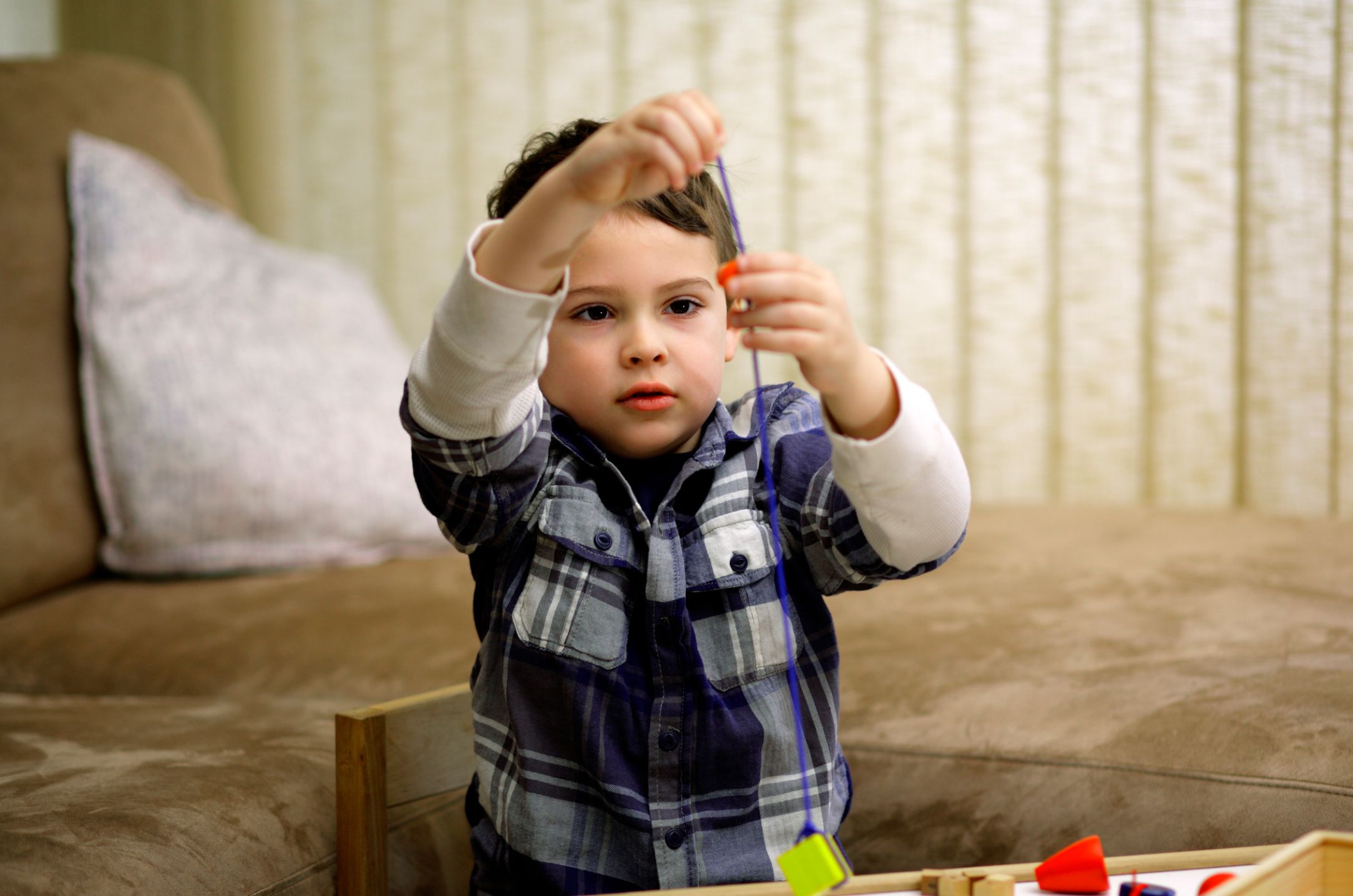My daughter received many diagnoses before the official diagnosis of autism. She was born before the rise in autism cases we’ve seen over the past decade or so. Being a girl, autism was rarely at the top of a physician’s list of considerations but dyspraxia was.
What is dyspraxia and how does it relate to autism?

Doctors thought she might have a hearing impairment, a speech disorder, poor vision, hypotonia, the list goes on and on. But the one diagnosis that stuck-–the one that made the most sense besides autism—was dyspraxia.
Dyspraxia, sometimes referred to as developmental coordination disorder, affects fine and gross motor skills. Individuals with dyspraxia often have difficulty controlling their movements with precision. Gross motor activities like jumping are often difficult as are small motor tasks like writing or using scissors.
According to a study published in Molecular Autism, Dyspraxia is more prevalent in people with autism. As autism is frequently associated with motor coordination difficulties, the link to dyspraxia may be the culprit.
From birth my daughter was what I can only describe as a “floppy” child. Poor control of her arms and legs caused delays in all of her major milestones. Difficulty with fine motor skills made her unable to feed herself finger foods or fasten her own clothing. Her speech was also affected; she spoke loosely, words and sounds rolled out of her mouth. The small muscles needed to form precise sounds and chew food carefully didn’t seem to be working together the way they should.
How dyspraxia helped my daughter qualify for early intervention
As I waited for an autism diagnosis I knew would eventually come, her dyspraxia diagnosis was the one diagnosis that made the most sense. Dyspraxia was my jumping off point. I took this label, did my research and used it to qualify my daughter for occupational, physical, and speech therapy. Because her dyspraxic tendencies were apparent by the time she was 18 months old, my daughter qualified for insurance coverage and my 18 month old was soon in therapy three days a week.
To this day I believe the early, targeted therapy made a huge difference in my daughter’s long-term growth. She was born at a time when the importance of early intervention was not yet understood. If we had waited for someone to finally agree she had autism, even though she wasn’t a boy and had no Rainman-like characteristics, she would have never received the early therapies she desperately needed.
Researching and understanding dyspraxia, what it meant for my daughter’s movement and speech delays, what types of therapy were most effective and how we could help her at home, gave me a path forward in those early days of fumbling around for answers. A dyspraxia diagnosis comes with many challenges but for us, it was one more piece of the puzzle that began our autism journey.
What to do if you think your child may have dyspraxia
- Talk to your pediatrician and ask for an evaluation for occupational therapy.
- Contact your school district, let them know about your concerns and ask that they evaluate your child for services.
- Contact Learnfully for specific educational methods proven to work with dyspraxic learners.
About the Author

Jessica Watson is a mom to several kids with learning differences, including one with autism. As a homeschooling parent, a published author in this space and a marketing specialist, she has found a great balance between her personal life and her work with the neurodivergent community.











